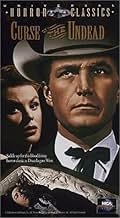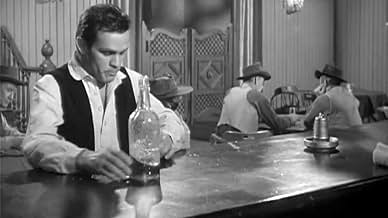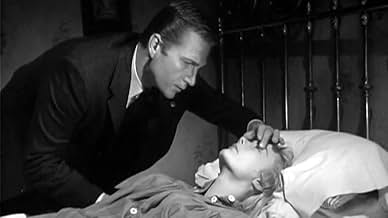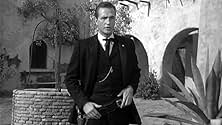One reviewer had this to say as a critique of alleged plot holes in "Curse of the Undead": "...I have never heard of this premise for a person becoming one of the undead. Also, the vampire of this movie can walk around in the daylight with seemingly no ill effects, and everyone knows that vampires absolutely cannot be exposed to sunlight, or they will be destroyed."
Actually suicide is the most important cause of vampirism according to the primary folklore sources used by 19th century writers such as John Polidori, Sheridan Le Fanu, and Bram Stoker. The idea that a victim of a vampire inevitably rises as a vampire himself is not widely supported in folklore. Stoker played up this rather atypical aspect of vampire legend mainly for dramatic purposes.
As for the common movie trope of the vampire's allergy to sunlight, this too is not supported by the primary sources. According to most Western folklore vampires are unconscious during the daylight hours, resting in their coffins much like the ordinary dead except that they show no evidence of decay or wasting. If exposed to daylight their bodies react exactly like dead bodies, which is to say they react not at all. Polidori, Le Fanu, and Stoker contrived to allow their vampires occasional daylight forays as a means to advance the plot and to sustain suspense. The Hollywood cliché that vampires first into flames or wither into dust a the mere touch of sunlight is entire that — a film cliché which dates from F.W. Murnau's "Nosferatu" (1922).
"Curse of the Undead" may have plot holes, but they don't derive from vampire folklore. In fact this movie is more faithful to the legends than anything filmed by Hollywood in decades.

































